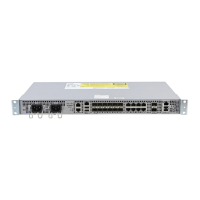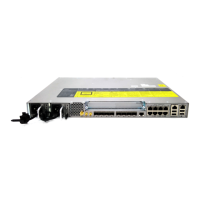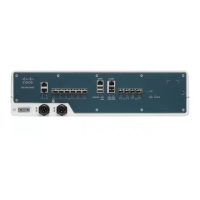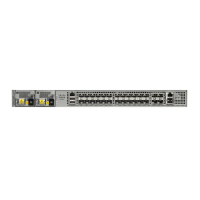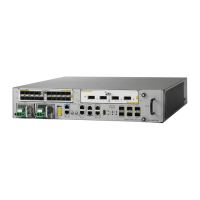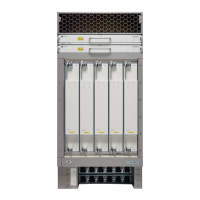•
The rate at which the layer 3 packets are punted to Host Q must be lesser than 1000 packets/second to
avoid REP flap. The credit limit for Host Q is 1000 packets/second.
•
There is no drop in REP LSL packet in STP Queue.
•
REP is supported only on Trunk EFPs configured on the interfaces.
•
REP enabled port do not support EFP configuration.
•
REP is not supported on the ASR 900 RSP3 Module.
•
The recommended minimum REP LSL timer value is 200 ms.
•
The REP ports are removed from the topology list during the following situations:
•
New port is added after the removal of the old port.
•
Both REP ports are removed.
•
The port is an Edge or Edge no neighbor port.
It is designed to avoid the traffic loop based on the above behavior to adopt dynamic REP configuration
changes.
Information About REP
REP Segments
A REP segment is a chain of ports connected to each other and configured with a segment ID. Each segment
consists of standard (nonedge) segment ports and two user-configured edge ports. A router can have no more
than two ports that belong to the same segment, and each segment port can have only one external neighbor.
A segment can go through a shared medium, but on any link, only two ports can belong to the same segment.
REP is supported only on Trunk Ethernet Flow Point (EFP) interfaces.
The figure below shows an example of a segment consisting of six ports spread across four switches. Ports
E1 and E2 are configured as edge ports. When all ports are operational (as in the segment on the left), a single
LAN Switching Configuration Guide Cisco IOS XE Everest 16.5.1 (Cisco ASR 900 Series)
10
Configuring Resilient Ethernet Protocol
Information About REP

